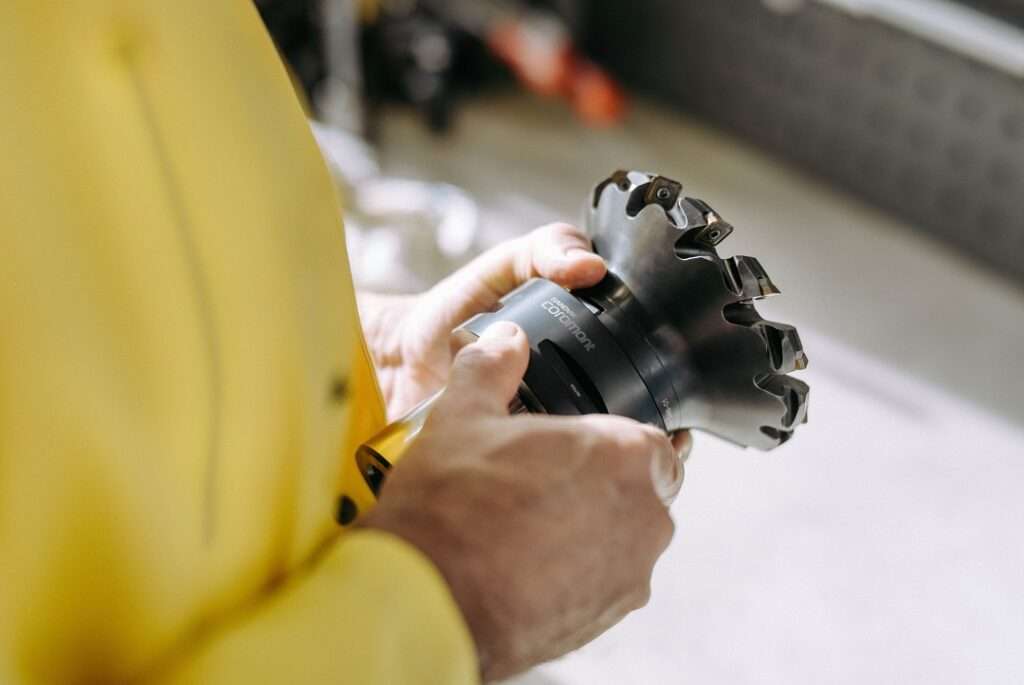Welding is known to produce harmful fumes, posing significant health risks. To mitigate welders’ exposure and enhance workplace health and safety, it is crucial to consider both process variations and effective fume extraction technology. Key process parameters like wire speed, arc length, and correction settings play a pivotal role in determining the emission rate of harmful substances.
A comprehensive study conducted by the Aachen Society for Research and Joining Technology (FEF), in collaboration with Fronius International GmbH, examined various parameter settings to identify optimal practices. The study, detailed in the FEF final report on welding fume emissions dated October 13, 2021, revealed that the pulsed arc process produced the most advantageous material transfer and the lowest fume emission rate (FER) compared to the Low Spatter Control (LSC) arc and the standard arc from Fronius.
Findings on Surfacing Beads
The research highlighted that welding fume emissions were minimized at a 5 m/min wire speed and with a neutral welding torch position. Interestingly, emissions were lower at an 11 m/min wire speed compared to 8 m/min. The pull torch guidance technique consistently resulted in slightly lower emissions across all wire speeds compared to the push technique.
Optimizing the arc using arc length correction significantly reduced emissions at all wire speeds. For example, with a neutral torch position, emissions were 0.9 mg/s at 8 m/min compared to 1.1 mg/s at 11 m/min. The correlation between welding fume emission rates and short circuits was evident; more short circuits led to higher FER due to process disruptions causing metal vapor and spatter. Maintaining an optimal arc length with a slightly increased medium voltage reduced both short-circuit phenomena and emissions.
Findings on Fillet Welds
Pulse welding with wire speeds of 5 m/min and 8 m/min yielded significantly lower emission rates (0.55 mg/s and 0.7 mg/s, respectively) compared to a wire speed of 11 m/min, which produced emissions of 1.7 mg/s. The lower number of short-circuit phenomena contributed to these results. Additionally, the pull torch guidance technique further reduced emissions, particularly at higher wire speeds.
When examining voltage curves at an 11 m/min wire speed, the study found that optimized arc length correction (-1.5 V) resulted in a minimum emission rate of 1.36 mg/s. Without arc length correction, emissions were higher (1.72 mg/s) due to the longer arc. Conversely, increasing the number of short circuits by decreasing medium voltage (-2.5 V) raised emissions to 1.6 mg/s.
Conclusion and Recommendations
The study underscores the importance of optimizing welding processes to reduce fume emissions. Welders can significantly lower fume production by carefully selecting welding processes, wire speeds, and arc lengths. Essentially, the welding fume emission rate is linked to the deposition rate or process performance, with material transfer being a decisive factor.
Using a fume extraction torch, such as the Fronius MTW 500i Exento in combination with the Fronius ExentoHighVac extraction system, can capture up to 99% of welding fumes. These torches prevent fumes from dispersing by extracting them directly at the weld pool, thereby protecting not only welders but also others in the vicinity.
Fronius has prioritized ergonomics in developing its fume extraction torches, ensuring they are comfortable to use and equipped with features like an LED lamp for welding in dark environments. The extraction capacity can be easily adjusted via a button on the handle, enhancing usability and effectiveness. Overall, welding specialists have the tools and knowledge to take control of their work environment, optimize their processes, and significantly reduce harmful fume emissions, contributing to a safer and healthier workplace.







